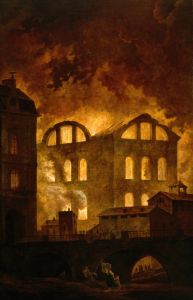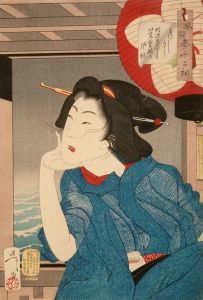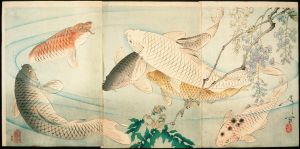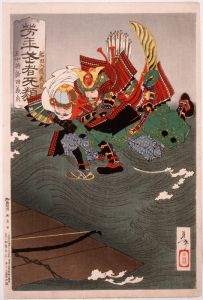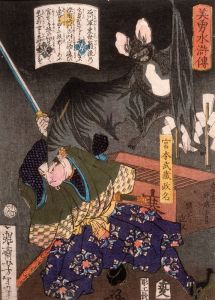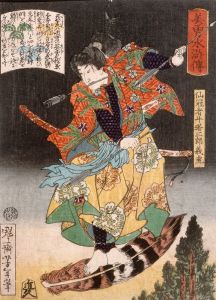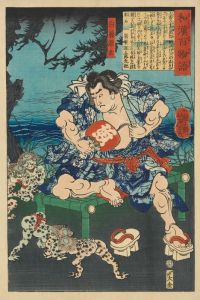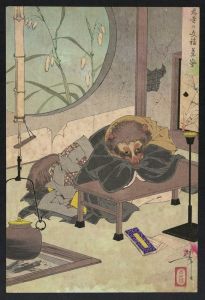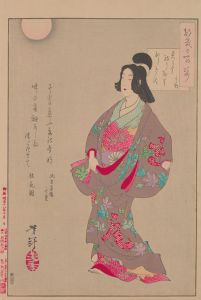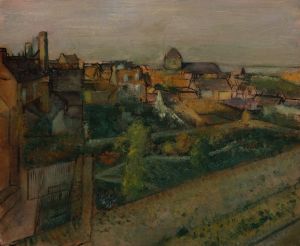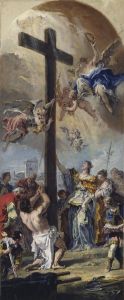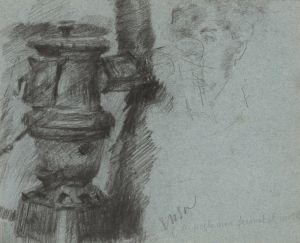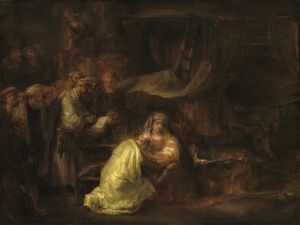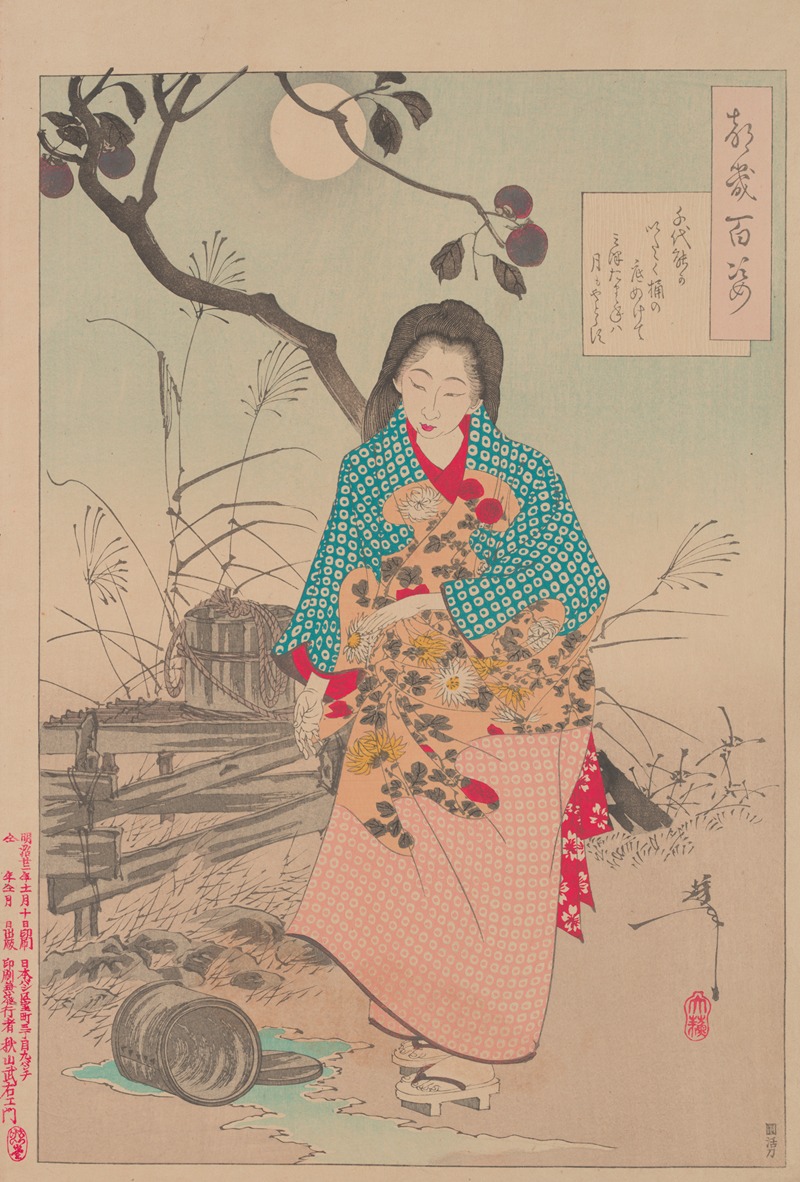
Lady Chiyo and the broken water bucket
A hand-painted replica of Tsukioka Yoshitoshi’s masterpiece Lady Chiyo and the broken water bucket, meticulously crafted by professional artists to capture the true essence of the original. Each piece is created with museum-quality canvas and rare mineral pigments, carefully painted by experienced artists with delicate brushstrokes and rich, layered colors to perfectly recreate the texture of the original artwork. Unlike machine-printed reproductions, this hand-painted version brings the painting to life, infused with the artist’s emotions and skill in every stroke. Whether for personal collection or home decoration, it instantly elevates the artistic atmosphere of any space.
"Lady Chiyo and the Broken Water Bucket" is a woodblock print by the renowned Japanese artist Tsukioka Yoshitoshi (1839–1892). Yoshitoshi is celebrated for his innovative and dramatic approach to ukiyo-e, a genre of Japanese art that flourished from the 17th to the 19th centuries. This particular print is part of his series "New Forms of Thirty-Six Ghosts" (Shinkei Sanjūrokkaisen), which was published between 1889 and 1892.
The print depicts a poignant scene from Japanese folklore involving Lady Chiyo, also known as Chiyojo, a poetess from the Edo period. The story behind the image is rooted in a well-known anecdote about Chiyojo's dedication to her daily chores and her poetic sensitivity. According to the tale, one morning, Chiyojo went to draw water from a well, only to find that the bucket had broken. Instead of expressing frustration, she was inspired to compose a haiku about the incident. The haiku is often translated as:
"Morning glory! The well-bucket entangled, I ask for water."
This haiku reflects Chiyojo's ability to find beauty and poetic inspiration in everyday occurrences, even in moments of inconvenience.
Yoshitoshi's print captures the essence of this story with a dramatic and expressive style. The composition typically shows Lady Chiyo in a moment of contemplation, holding the broken bucket, with morning glories entwined around it. The use of vibrant colors and intricate details is characteristic of Yoshitoshi's work, which often combines traditional themes with a modern sensibility.
Yoshitoshi's "New Forms of Thirty-Six Ghosts" series is notable for its exploration of supernatural and ghostly themes, blending folklore, history, and legend. Each print in the series tells a unique story, often with a moral or philosophical undertone. "Lady Chiyo and the Broken Water Bucket" stands out for its serene and reflective mood, contrasting with some of the more dramatic and eerie images in the series.
Tsukioka Yoshitoshi's career spanned a period of significant change in Japan, as the country transitioned from the Edo period to the Meiji era. His work reflects both the traditional ukiyo-e techniques and the influences of Western art that began to permeate Japan during this time. Despite facing personal and professional challenges, including financial difficulties and mental health issues, Yoshitoshi remained a prolific and influential artist until his death in 1892.
"Lady Chiyo and the Broken Water Bucket" is a testament to Yoshitoshi's skill in capturing human emotion and the beauty of everyday life. It continues to be appreciated by art enthusiasts and scholars for its artistic merit and its connection to Japanese cultural heritage. The print is often studied in the context of Yoshitoshi's broader body of work and the ukiyo-e tradition, offering insights into the themes and techniques that define this important period in Japanese art history.





